As a sports physical therapist, I often encounter confusion around the terms "injury prevention" and "injury reduction." While they might seem interchangeable, they carry different implications and approaches. Understanding this distinction can significantly impact how you prepare your body for life's adventures.
Injury Prevention: The Misunderstood Concept
"Injury prevention" suggests a guarantee that injuries will not occur if specific steps are taken. This notion can be misleading and set unrealistic expectations. No matter how well-prepared or conditioned an athlete is, the risk of injury can never be entirely eliminated. Factors like unforeseen accidents, overuse, or even genetic predispositions can still lead to injuries.
Why "Injury Prevention" is Considered a Bad Word
- False Security: Believing that injuries can be entirely prevented might lead to complacency and a false sense of security. Athletes might ignore warning signs or push their limits, thinking they are immune to injuries.
- Blame and Guilt: When injuries do occur, the term "prevention" can imply failure or blame. This can lead to guilt and frustration, which can negatively affect an athlete's mental health and recovery process.
Embracing "Injury Reduction"
"Injury reduction," on the other hand, is a more realistic and attainable goal. It acknowledges that while injuries cannot be entirely prevented, their likelihood and severity can be minimized through proper training, conditioning, and awareness.
Why "Injury Reduction" is a Better Approach
- Realistic Expectations: This approach sets a more achievable goal by focusing on reducing risk factors rather than promising absolute prevention.
- Empowerment: Athletes are encouraged to take proactive steps to strengthen their bodies and improve resilience, promoting a sense of empowerment and control.
- Holistic Approach: It involves a comprehensive strategy that includes proper technique, adequate rest, balanced nutrition, and mental well-being.
Recommended Exercises for Injury Reduction
To help your body prepare for most activities and reduce the risk of injuries, incorporating specific exercises into your routine is essential. Here are three highly effective exercises:
1. Nordic Curls
Nordic curls are excellent for strengthening the hamstrings, a crucial muscle group for runners and many other athletes. This exercise involves lowering your upper body while keeping your knees and hips extended, then using your hamstrings to pull yourself back up.
Benefits:
- Hamstring Strength: Builds significant strength in the hamstrings, reducing the risk of strains and tears.
- Balance and Stability: Improves overall lower body stability, which is vital for running, jumping, and quick direction changes.
2. Planks
Planks are a core-strengthening exercise that involves holding your body in a straight line from head to heels, supported by your forearms and toes.
Benefits:
- Core Stability: Strengthens the entire core, including the abdominals, obliques, and lower back, which is crucial for maintaining proper posture and balance during various activities.
- Spinal Support: Enhances spinal stability, reducing the risk of lower back injuries and improving overall functional strength.
3. Single-Leg Deadlifts

Source: Workout Labs
Single-leg deadlifts focus on the hamstrings, glutes, and core. This exercise involves standing on one leg, bending at the hip, and extending the other leg behind you while lowering your torso toward the ground.
Benefits:
- Balance and Coordination: Improves single-leg balance and coordination, which is essential for activities that involve dynamic movements and uneven terrain.
- Glute and Hamstring Strength: Strengthens the glutes and hamstrings, which helps in stabilizing the hips and knees, reducing the risk of lower body injuries.
Conclusion
Adopting an injury reduction approach allows athletes to prepare their bodies realistically and effectively for life's adventures. By incorporating exercises like Nordic curls, planks, and single-leg deadlifts into your routine, you can strengthen critical muscle groups, enhance balance and stability, and significantly reduce the risk of injuries. Remember, the goal is not to eliminate the possibility of injury but to equip your body to handle the demands of various activities safely and efficiently.
Stay proactive, stay strong, and embrace the journey of continuous improvement!
For more tips on reducing injury and enhancing your performance, visit The Nordstick Blog.
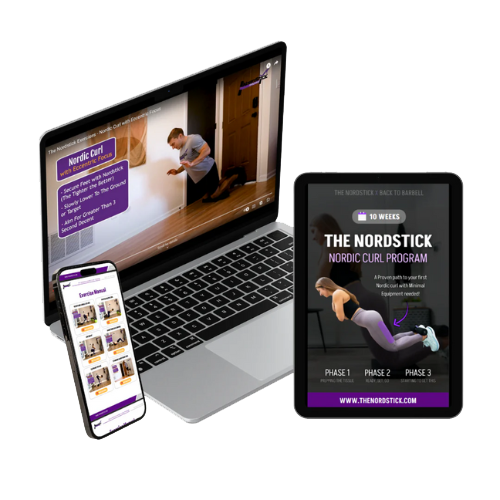














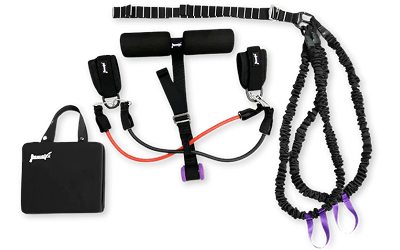



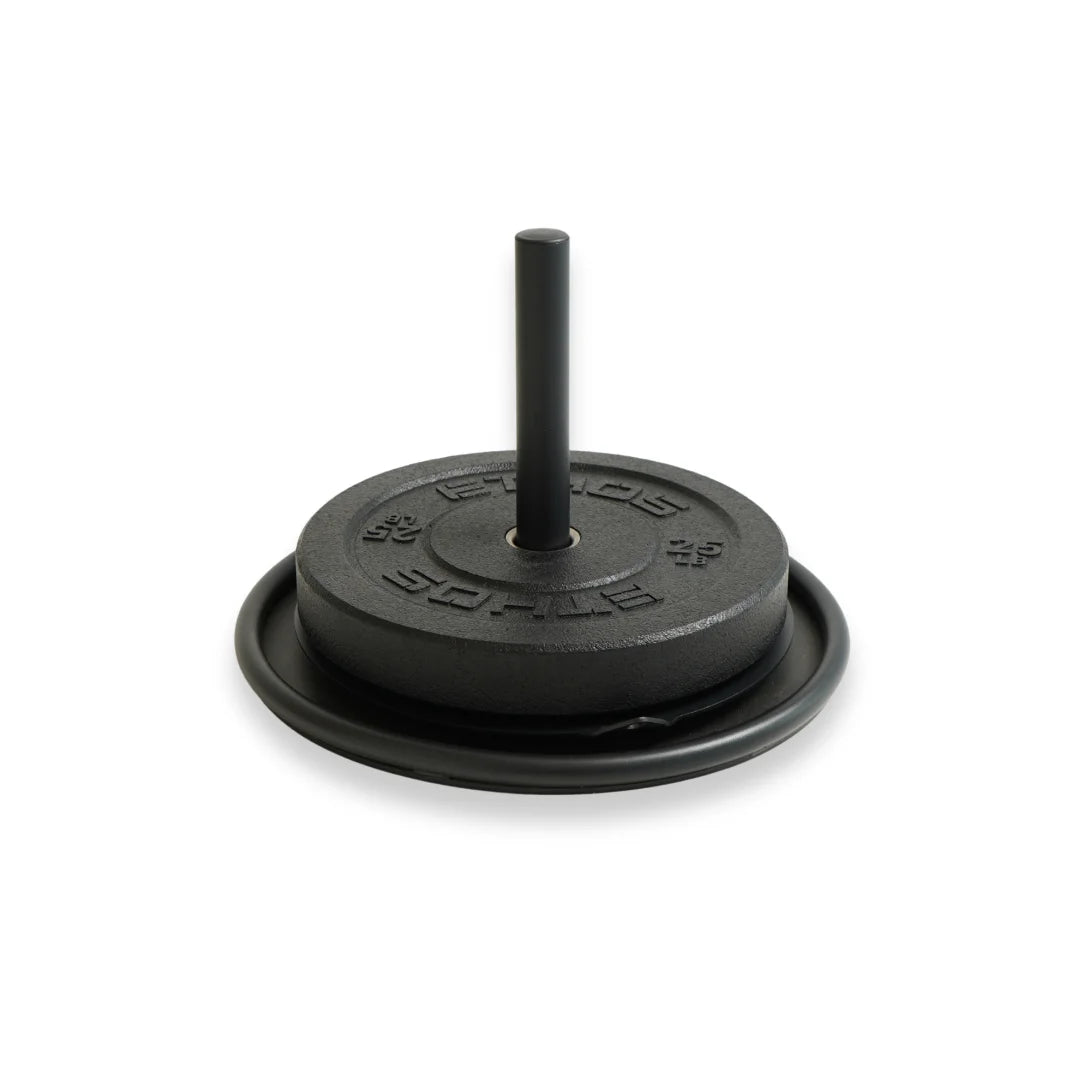
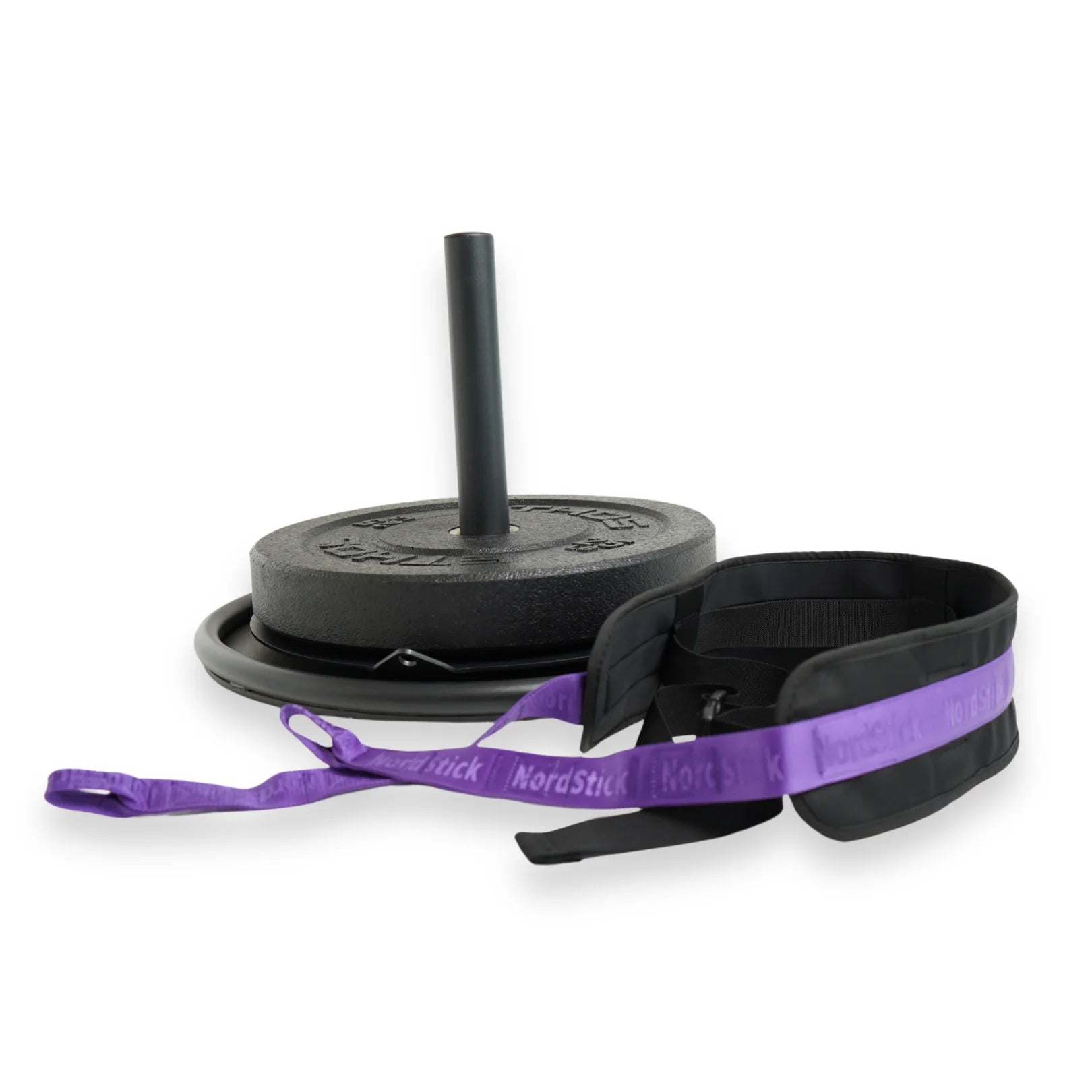
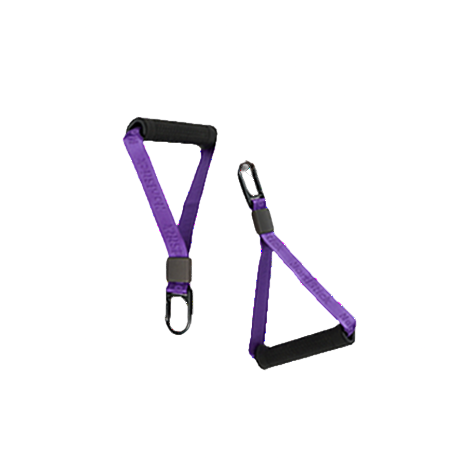
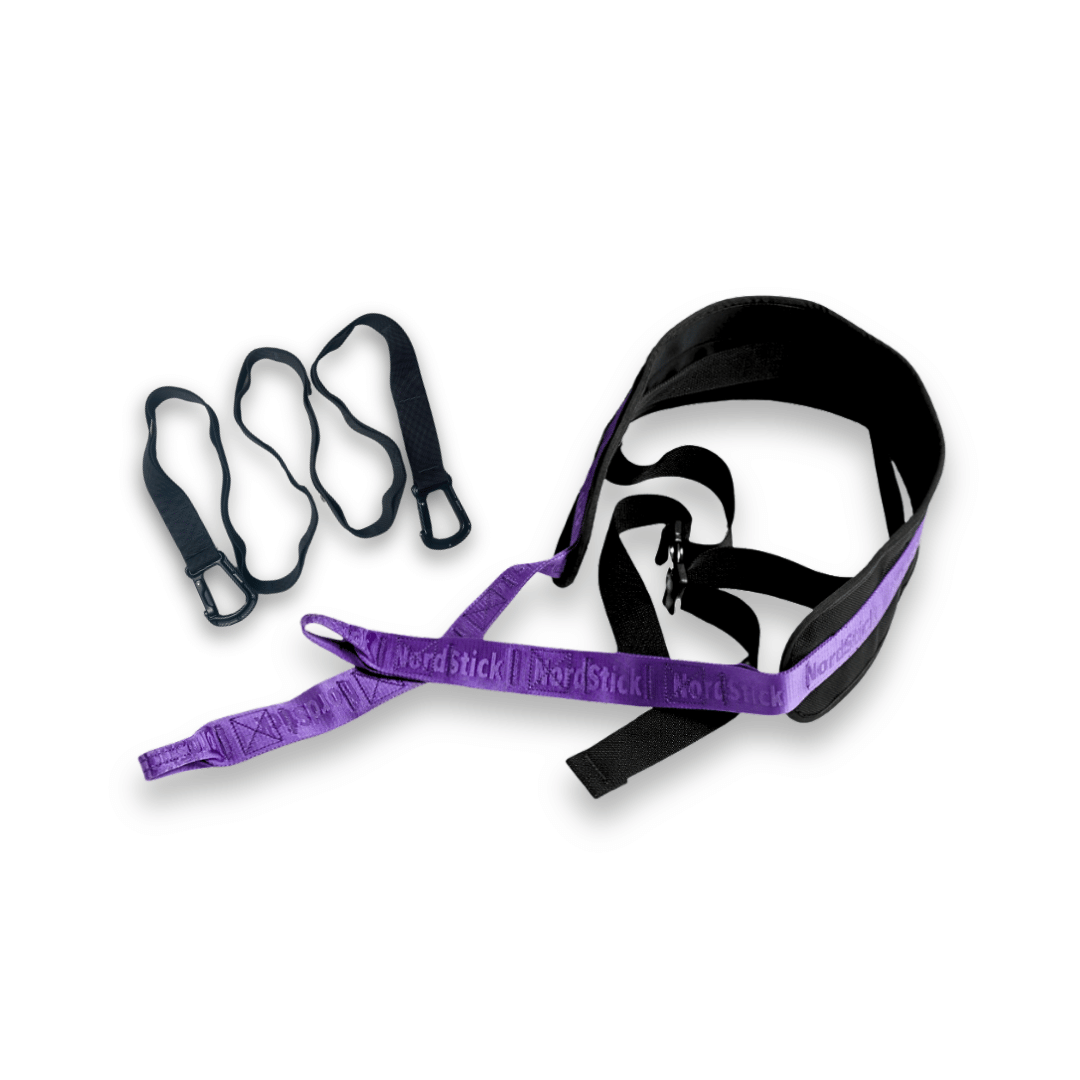



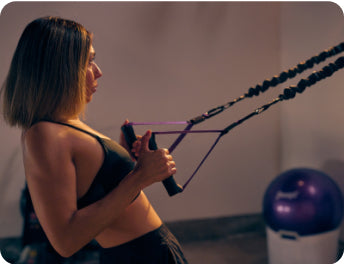


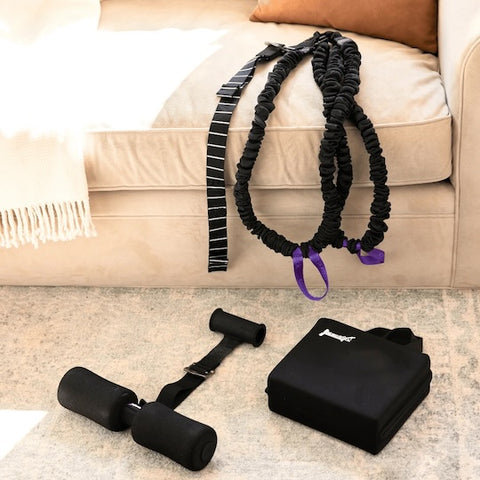


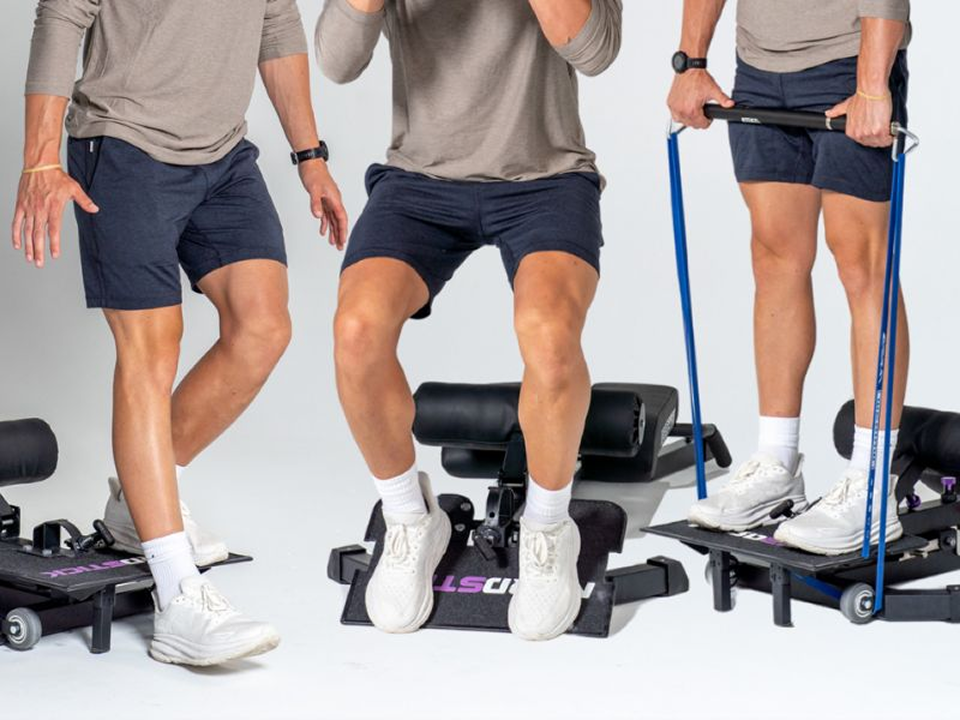
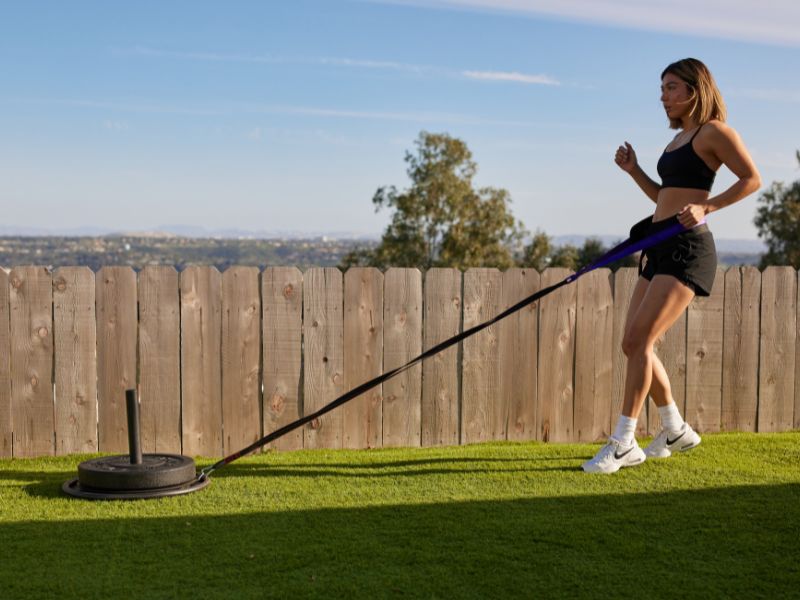







Leave a comment
This site is protected by hCaptcha and the hCaptcha Privacy Policy and Terms of Service apply.